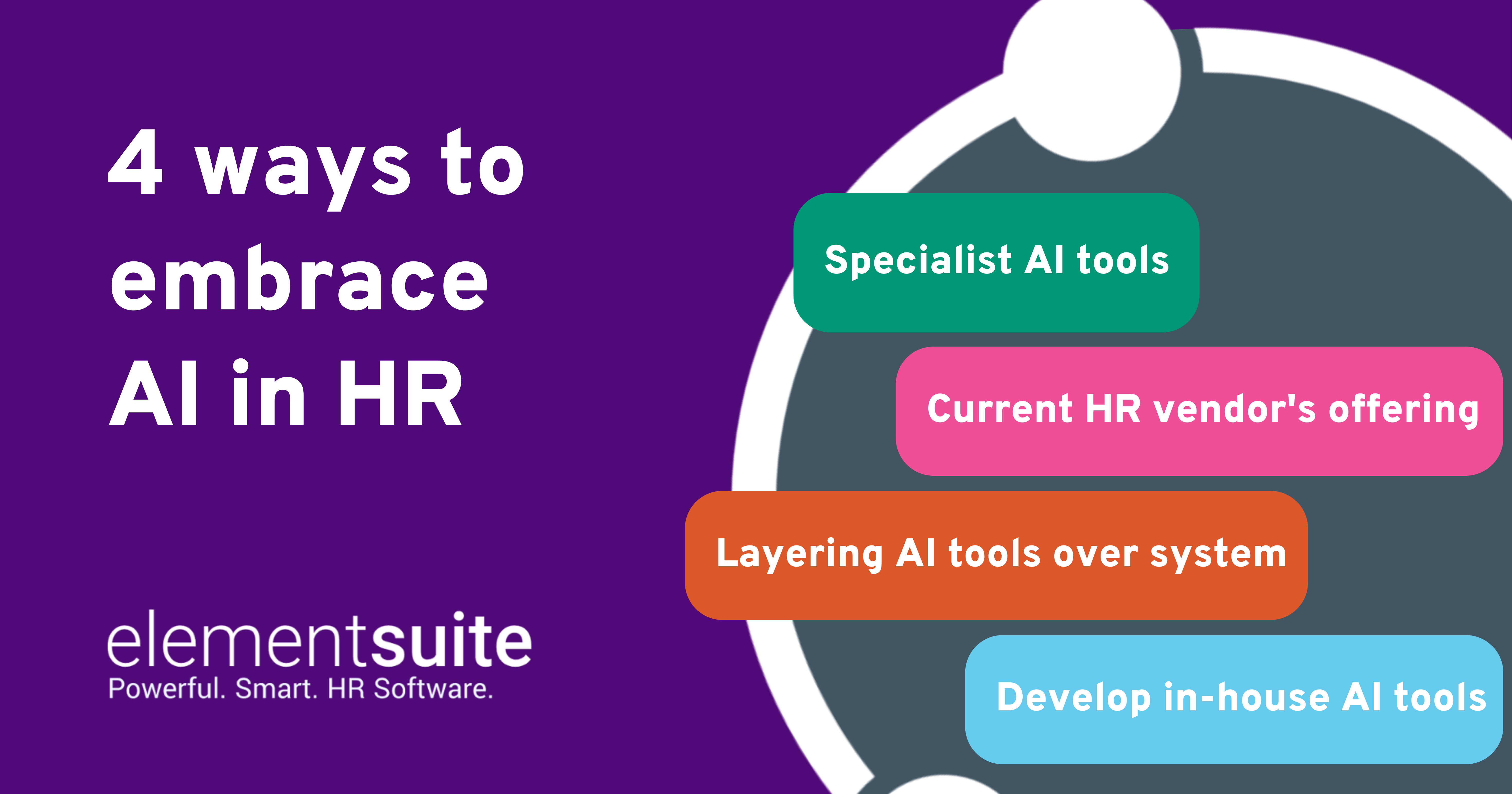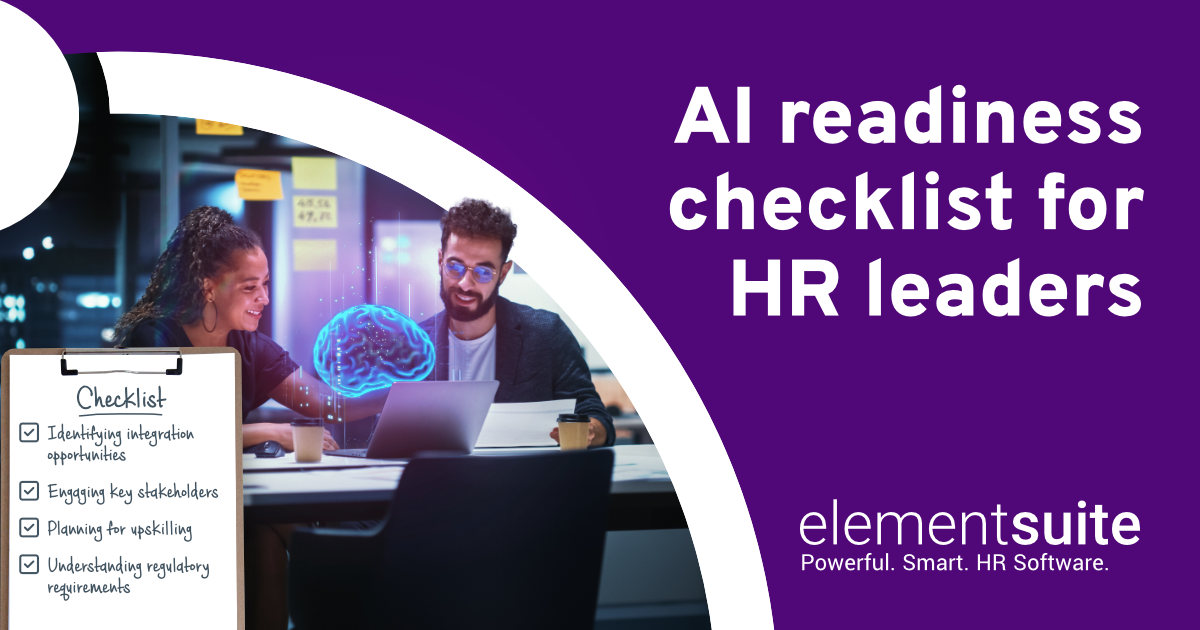In recent years technology has significantly impacted the HR and workforce management function. It has led to new business models, new platforms and technologies – and before you know it, you as an operator are left with a pot of individual solutions that that suddenly need integrating. Quickly, emerging brands saturated the market with solutions that promised to integrate all of their individual tools. Which on the surface sounds like the answer to all your prayers, but let us explain why integrated is outdated, and ‘unified’ is the future.
Hospitality is all about the experience and it is the people that make the difference. With the world moving to the cloud and the increase of mobile apps that promise to ‘make work easy’ has opened a new world of possibilities.
Organisation’s are now transforming their HR functions to deliver employee experiences that are leveraging the latest technologies to deliver personalised, empowering, and engaging experiences.
What’s the difference between integrated and unified?
An integrated platform implies multiple sources, for example, an operator may have acquired a number of third party software suppliers, which can all act independently but over-time they may have invested time and money to ensure they ‘integrate’.
However, a unified single digital platform has been built using one code, all designed together with the aim of working seamlessly rather than collectively from multiple sources, which enables users to access the platform without a glitch, without the need for mobile apps or the need for a data warehouse. Platform technologies are relatively new, and as such they are future proof.
Time-poor operators are increasingly looking for solutions that join the dots across the employee lifecycle and ultimately whatever solution they select needs to be intuitive to use or teams won’t engage with or use the platform.
So what are the single platform benefits for an operator?
Engagement
Highly engaged teams is the most significant benefit to an operator, and with these platforms employers and its teams can better connect instantly on a daily basis. Teams can now access information that they couldn’t before, anywhere at any time. This in turn improves overall productivity and efficiency, as well as providing valuable feedback to their managers.
Recruitment
Recruitment is a time-consuming task for any employer, particularly with the current staff shortage that is happening across the hospitality sector. Therefore, implementing a cost-effective platform that supports recruitment and seamlessly links to employee induction and training not only saves time for the operator but is a great support system for a new starter.
Scheduling
Operators can forecast and do a lot of guesswork when it comes to scheduling. They can estimate how many team members are required and when, and they can ensure their ‘best’ teams are on at peak times. Scheduling solutions can help optimise the process, for example it could automatically increase staff levels for typically busy periods.
Time and money
From a software development point of view, single platform based architectures have been proved to reduce time to market for development by up to 50% and reduce development effort and cost by up to 70%. It is these factors that give platforms a competitive advantage vs. integrated platforms over time.
Each of these examples involves combining features and data traditionally associated with separate applications such as Recruitment, Learning, Development, Workforce Management, Engagement Portals as well as Core HR / Payroll. However, single platforms enables data and features from these different product sets to be combined in ways that can redefine the user experience and enhance business operations. In a nutshell, joined up solutions help better develop teams, raise their productivity and ensure compliance. It ensures that all data is readily accessible from one single source. This in turn is at a lower cost and the software itself is readily extensible.




